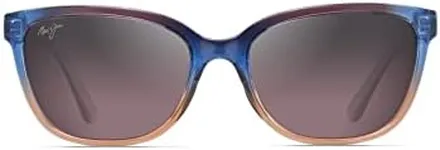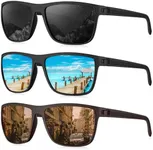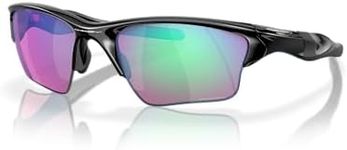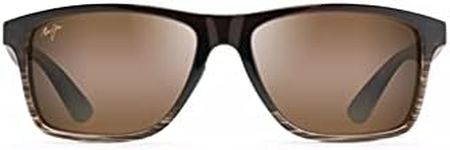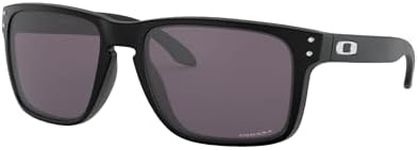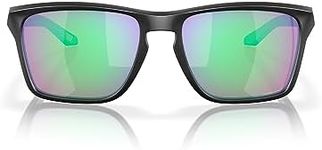Buying Guide for the Best Golf Sunglasses
Choosing the right golf sunglasses can make a big difference in your game and comfort on the course. The right pair will protect your eyes from harmful UV rays, reduce glare, and help you see the ball and terrain more clearly. When shopping for golf sunglasses, it's important to focus on features that enhance visibility, comfort, and durability, rather than just style. Understanding the key specifications will help you find a pair that matches your needs and playing conditions.Lens MaterialLens material determines how clear your vision will be and how durable the sunglasses are. Common materials include polycarbonate, glass, and plastic. Polycarbonate lenses are lightweight and impact-resistant, making them a popular choice for sports like golf. Glass lenses offer excellent clarity but can be heavier and more prone to breaking. Plastic lenses are usually lighter but may scratch more easily. If you play golf regularly or in active conditions, polycarbonate is often the best balance of safety and performance.
Lens Color/TintThe color or tint of the lens affects how you see the course and how well you can track the ball. Brown, amber, and copper tints are popular for golf because they enhance contrast and depth perception, making it easier to spot the ball against green grass. Grey lenses reduce overall brightness without distorting colors, which can be good for very sunny days. If you play in varying light conditions, consider lenses with interchangeable tints or photochromic lenses that adjust to the light.
UV ProtectionUV protection is crucial for eye health, especially when spending hours outdoors. Look for sunglasses that block 100% of UVA and UVB rays. This information is usually marked on the product. Full UV protection helps prevent long-term eye damage and reduces the risk of eye fatigue. Always prioritize this feature, regardless of other specs.
PolarizationPolarized lenses reduce glare from reflective surfaces like water or wet grass, which can be helpful on the golf course. However, some golfers find that polarization can make it harder to read greens or see subtle changes in terrain. If glare is a big problem for you, polarized lenses can be a good choice, but if you rely on reading the course details, you might prefer non-polarized lenses.
Fit and ComfortA comfortable fit is essential for sunglasses you'll wear for several hours. Look for lightweight frames with rubberized nose pads and temple tips to prevent slipping during your swing. Wraparound styles offer more coverage and stay secure during movement. Try on different shapes to see what feels best and stays in place while you move your head.
Frame DurabilityGolf sunglasses should be able to withstand drops, bending, and exposure to sweat or moisture. Frames made from materials like nylon or TR90 are both lightweight and durable. Metal frames can look stylish but may be heavier and less flexible. If you play often or tend to be tough on your gear, prioritize frames known for their resilience.
Ventilation and Fog ResistanceGood ventilation helps prevent your lenses from fogging up, especially on humid days or when you’re active. Some sunglasses have vented frames or special coatings to reduce fog. If you play in hot or variable weather, look for these features to keep your vision clear throughout your round.
